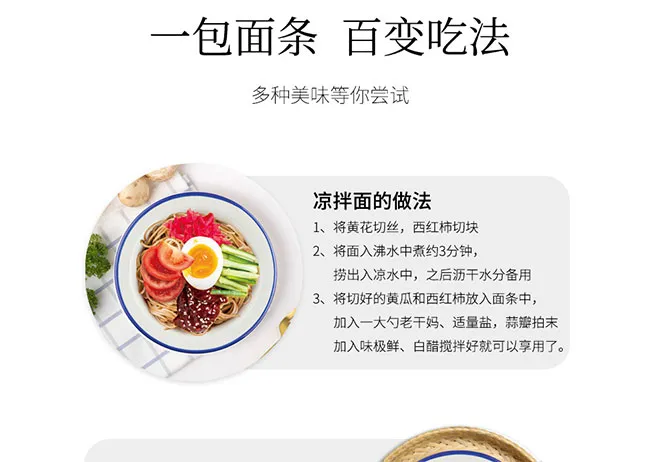Chilled Japanese Soba Noodles with Fresh Vegetables and Savory Sauce
The Delight of Cold Soba Noodle Dishes
Cold soba noodle dishes hold a special place in Japanese cuisine, celebrated for their refreshing taste and the myriad of ways they can be prepared. Soba, made from buckwheat flour, is not only loved for its exquisite flavor but also for its nutritional benefits, making it an ideal choice for a light meal or snack, especially during the warmer months.
The Origins of Soba Noodles
Soba noodles have a storied history that dates back to the Edo period in Japan, where they emerged as a staple food. The word soba itself refers to the buckwheat plant, which was first cultivated in Japan. Unlike other types of noodles, such as udon or ramen, soba is notable for its unique, earthy flavor derived from its buckwheat base. Additionally, buckwheat is gluten-free, making soba noodles a versatile alternative for those with gluten sensitivities.
Preparation and Serving
Cold soba dishes are often prepared in a straightforward manner that allows the natural flavor of the noodles to shine. The basic process involves cooking the soba noodles in boiling water, then rinsing them under cold water to stop the cooking process. This rinsing not only cools the noodles down but also removes excess starch, resulting in a firmer texture.
Once prepared, cold soba can be served in a variety of styles. One of the most popular presentations is Zaru Soba, where the chilled noodles are served on a bamboo sieve along with a small dish of dipping sauce called tsuyu. Tsuyu is typically a mixture of soy sauce, mirin, and dashi, which can be adjusted to suit personal tastes. To enjoy Zaru Soba, diners dip the noodles into the sauce before taking a bite, enhancing the flavor profile with every mouthful.
cold soba noodle dish

Creative Variations
While the classic Zaru Soba is delicious on its own, there are countless variations of cold soba dishes that incorporate various ingredients and flavors. For instance, Seiro Soba is slightly different, served in a wooden box with a similar dipping sauce. You may also find cold soba salads, featuring seasonal vegetables, proteins like tofu or grilled chicken, and a tangy dressing. These salads blend textures and flavors, creating a satisfying and nutritious meal.
Another innovative cold soba dish is Soba Noodle Soup, which can be enjoyed even in warm weather by serving the broth chilled. This dish is typically garnished with ingredients like sliced green onions, nori, or wasabi, allowing diners to customize each bite.
Health Benefits
Cold soba noodles are not only tasty but also packed with health benefits. Buckwheat is rich in proteins, fiber, and essential amino acids. It is also a good source of vitamins and minerals, including magnesium, which promotes heart health and aids in muscle function. The warming effect of soba on the body, coupled with its low-calorie nature, makes it an excellent choice for anyone looking to maintain a balanced diet.
Conclusion
Cold soba noodle dishes are more than just a meal; they are an experience that encapsulates the essence of Japanese culinary culture. Whether enjoyed in a traditional setting or as a modern twist in a salad, cold soba is a delightful way to celebrate the simplicity and elegance of Japanese food. With their versatility and health benefits, cold soba noodles provide a delicious option for anyone seeking a light, refreshing meal. The next time you’re looking for a satisfying yet uncomplicated dish, consider indulging in the world of cold soba noodles – your taste buds will thank you!
-
Unleash Your Inner Chef with Delectable Italian Pasta CreationsNewsAug.01,2025
-
Savor Health and Flavor: Irresistible Soba Noodles for Sale Await!NewsAug.01,2025
-
Nourish Your Body with Premium Organic Ramen - A Culinary Delight AwaitsNewsAug.01,2025
-
Elevate Your Dishes with Our Exquisite Kinds of Egg NoodlesNewsAug.01,2025
-
Dive into Flavorful Convenience with Our Ramen OfferingsNewsAug.01,2025
-
Discover Exquisite Types of Naengmyeon and Chilled Soba NoodlesNewsAug.01,2025
-
Is Whole Wheat Pasta Healthy?NewsMay.30,2025
Browse qua the following product new the we

















































































































